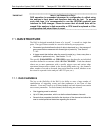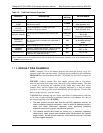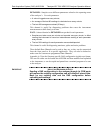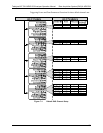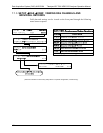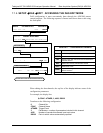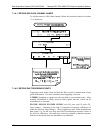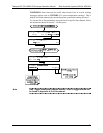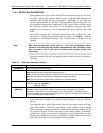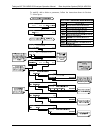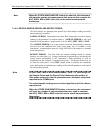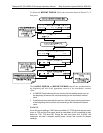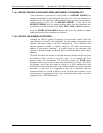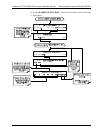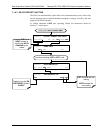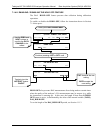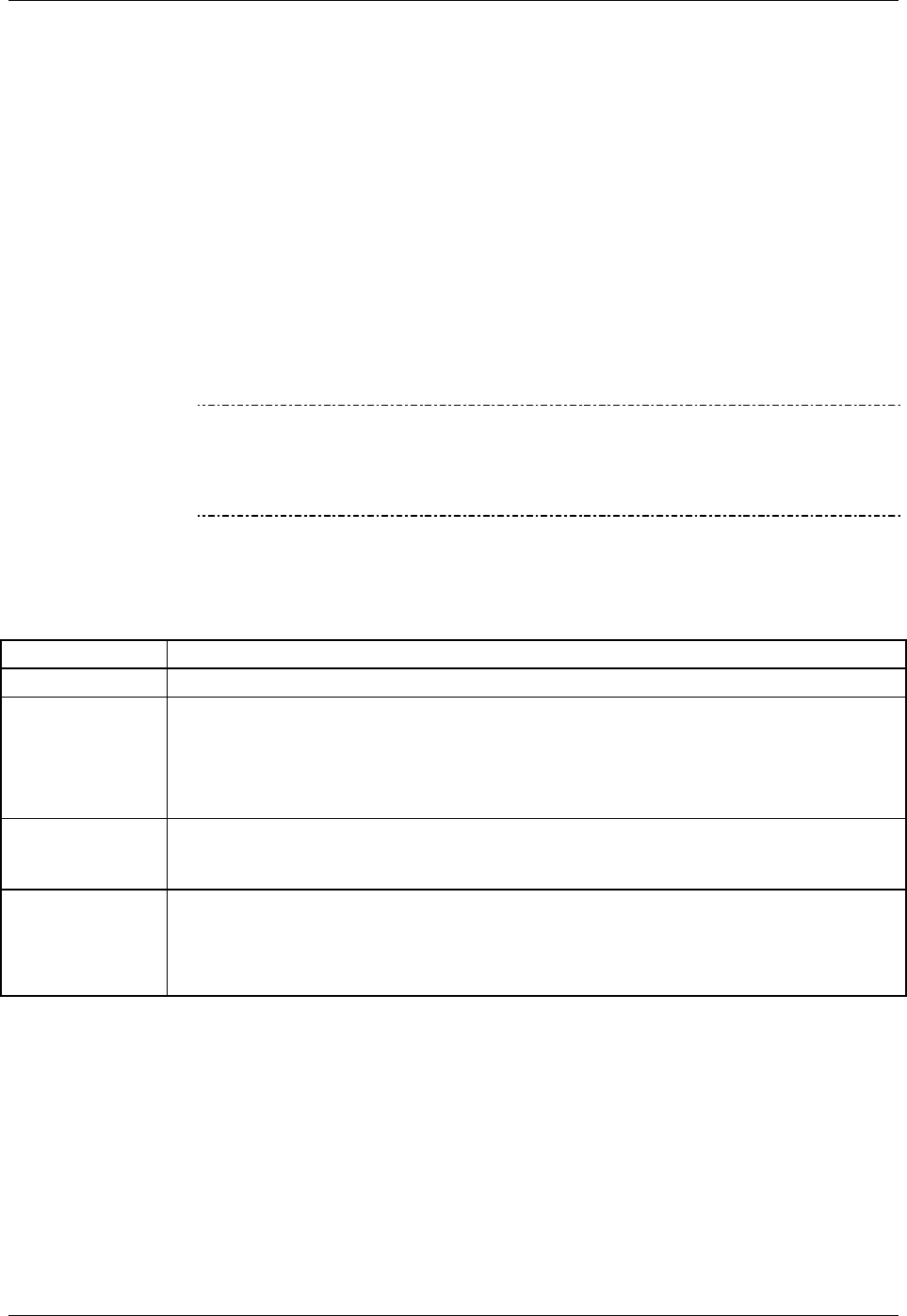
Data Acquisition System (DAS) & APICOM Teledyne API T801 NDIR CO2 Analyzer Operation Manual
138
7.1.4.3. EDITING DAS PARAMETERS
Data parameters are types of data that may be measured and stored by the DAS.
For each Teledyne API analyzer model, the list of available data parameters is
different, fully defined and not customizable. Appendix A-5 lists firmware
specific data parameters for the T801. DAS parameters include things like CO
2
concentration measurements, temperatures of the various heaters placed around
the analyzer, pressures and flows of the pneumatic subsystem and other
diagnostic measurements as well as calibration data such as stability, slope and
offset.
Most data parameters have associated measurement units, such as mV, ppb,
cm³/min, etc., although some parameters have no units (e.g. SLOPE). With the
exception of concentration readings, none of these units of measure can be
changed.
Note
DAS does not keep track of the units (i.e. %) of each concentration value;
therefore, DAS data files may contain concentrations data recorded in more
than one type of unit if the units of measure was changed during data
acquisition.
Each data parameter has user-configurable functions that define how the data are
recorded:
Table 7-3: DAS Data Parameter Functions
FUNCTION EFFECT
PARAMETER
Instrument-specific parameter name.
SAMPLE MODE INST: Records instantaneous reading.
AVG: Records average reading during reporting interval.
SDEV: Records the standard deviation of the data points recorded during the reporting interval.
MIN: Records minimum (instantaneous) reading during reporting interval.
MAX: Records maximum (instantaneous) reading during reporting interval.
PRECISION 0 to 4: Sets the number of digits to the right decimal point for each record.
Example: Setting 4; “399.9865 %”
Setting 0; “400 %”
STORE NUM.
SAMPLES
OFF: Stores only the average (default).
ON: Stores the average and the number of samples used to compute the value of the
parameter. This property is only useful when the AVG sample mode is used. Note that the
number of samples is the same for all parameters in one channel and needs to be specified only
for one of the parameters in that channel.
Users can build a channel by selecting desired parameters from the available
choices.
Data channels can be edited individually from the front panel without affecting
other data channels. However, when editing a data channel, such as during
adding, deleting or editing parameters, all data for that particular channel will be
lost, because the DAS can store only data of one format (number of parameter
columns etc.) for any given channel. In addition, a DAS configuration can only
be uploaded remotely as an entire set of channels. Hence, remote update of the
DAS will always delete all current channels and stored data.
07274B DCN6418



